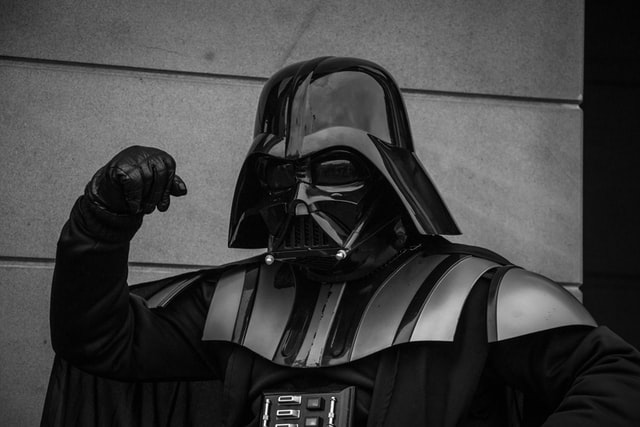While May is Mental Health Awareness Month, many of us also like to commemorate May 4th as Star Wars Day. After all, aren’t we all looking for an excuse to say “may the force be with you” now and then?
The link between severe mental health issues and the blockbuster movie saga of Star Wars may not be obvious, but psychiatrists Ryan C.W. Hall and Susan Hatters Friedman have made it. They’re also using the film series to educate people about depression, gambling addiction, schizophrenia, and post-traumatic stress disorder (PTSD ).
Examining Star Wars in this way also adds a bit of fun to the otherwise tedious task of studying mental health issues and providing students, patients, and others with a visual representation of disorders typically explored through theory and discussion.
If you don’t want us to change your opinion of your favorite movies forever, you should stop reading now.
So, which duo has scrutinized Star Wars characters, and what mental illnesses might they be exhibiting?
Yoda

To begin, Yoda. With his peculiar speech pattern, he’s a textbook case of dyslexia. His “elfin” appearance and abnormal speech could be signs of Williams syndrome. Lando Calrissian may be a pathological gambler, having previously lost the Millennium Falcon to Han Solo and then betraying Han and Chewie after striking a deal with the Empire.
Darth Vader

Darth Vader exhibits “classic coping mechanisms of splitting, projection, and infantile illusions of omnipotence,” which are symptoms of borderline personality disorder or possible PTSD. Early in the films, Luke Skywalker suffered from prodromal schizophrenia or adolescent depression, which progressed to auditory hallucinations as he grew into a young Jedi.
While it may appear that using pop culture to address serious mental health issues is a joke, Hall and Friedman have taken the task seriously. Their paper goes into great detail about each character and their characteristics, and it’s so long that it’s been divided into two sections: the Light Side and the Dark Side.
This isn’t the first time psychiatrists have used fictional characters to teach about mental health issues; Scarlett O’Hara has been studied for hysteria, and Winnie the Pooh has also been studied. According to Hall, examining works of fiction is far safer for educational purposes than reading real people: “With movies, there is little info to draw from. It allows room for people to play a little – you can do that, and no one will get harmed.”

